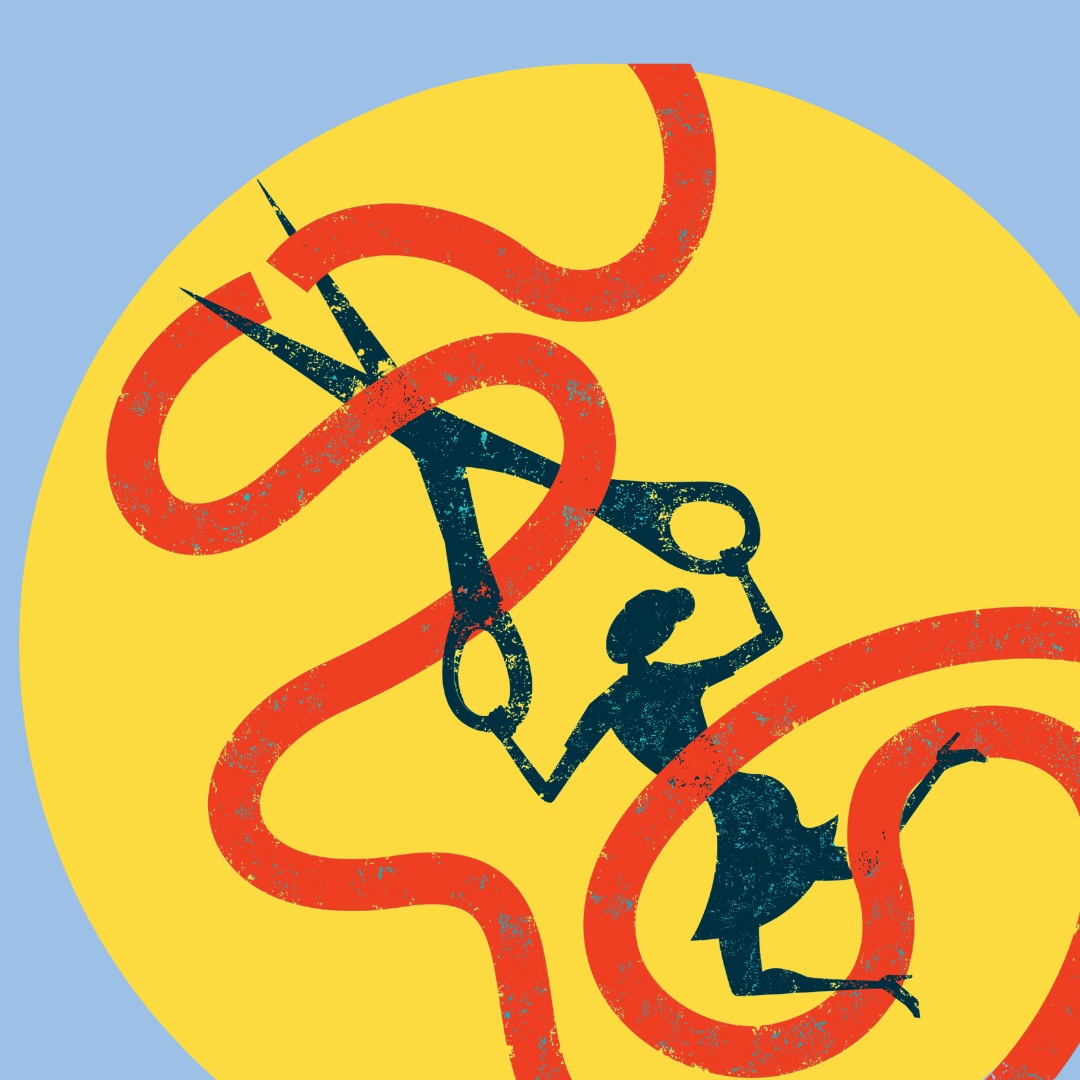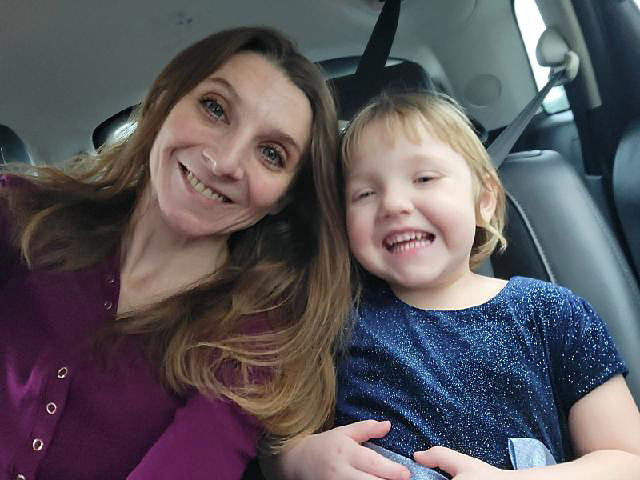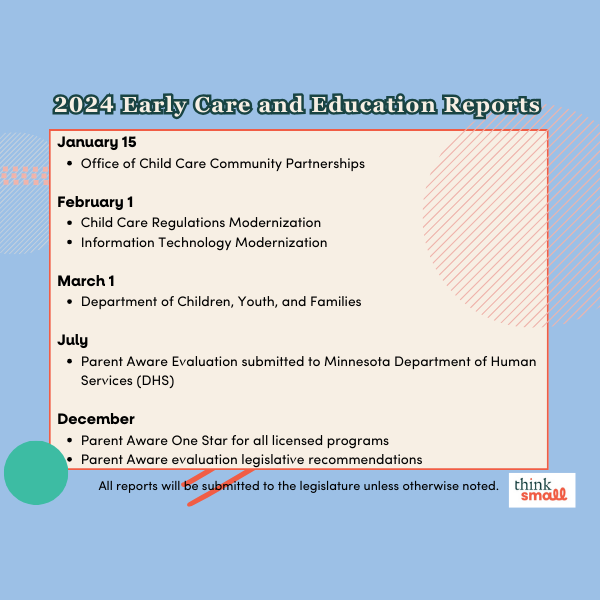By Marie Huey, Public Policy and Advocacy Coordinator
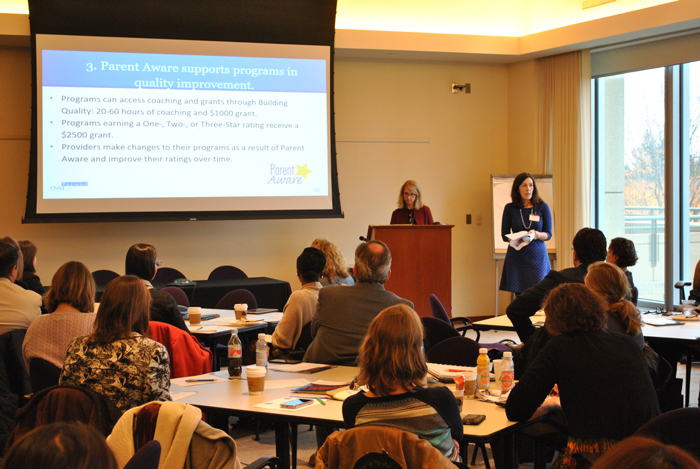
Photo Credit: The Federal Reserve Bank of Minneapolis
Two interconnected crises continue in Minnesota:
- worst-in-the-nation achievement gaps and
- a severe child care shortage in many parts of the state
Last year, broad groups of organizations ranging from advocacy organizations, business interests, child care providers and other organizations, met as a Crisis Work Group to identify recommendations for addressing both crises. Members advocated for the recommendations during the 2019 legislative session. Unfortunately, not much progress was made during that time. The work continues. Crisis Work Group members, legislators, and other stakeholders met on October 28, 2019, at the Federal Reserve Bank of Minneapolis to review the recommendations and learn from others about how best to move forward.
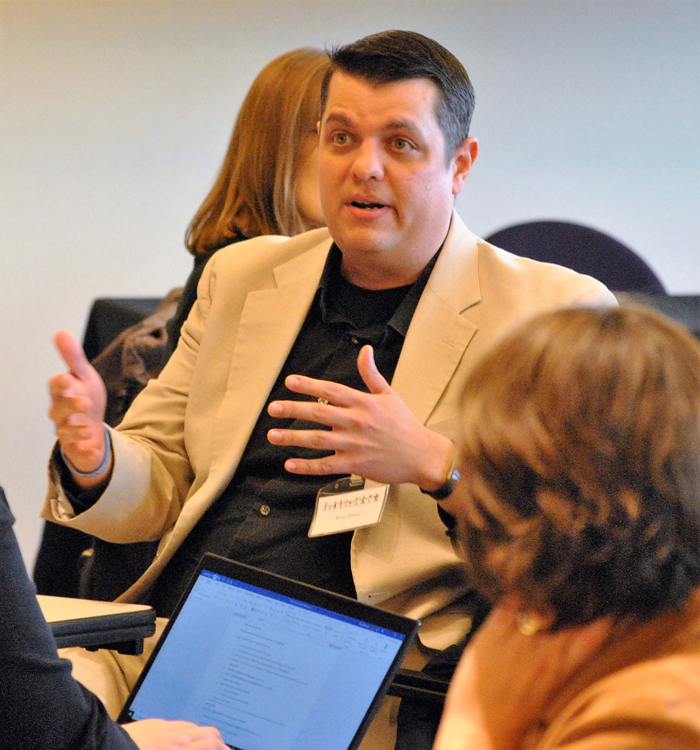
Photo Credit: The Federal Reserve Bank of Minneapolis
The Early Care and Education Crisis Work Group convening included presentations from leaders in other states about how they approach early care and education. Presenters shared their work in context of the report recommendations. Below is a brief recap of the discussions.
For a comprehensive reference guide to the presentations and resources, visit the event page.
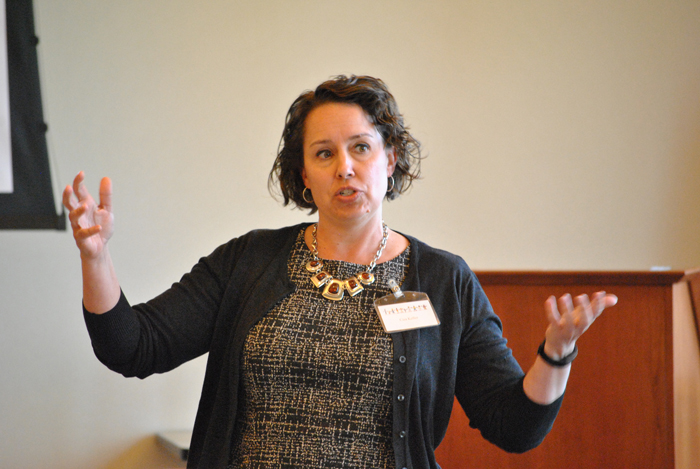
Photo Credit: The Federal Reserve Bank of Minneapolis
Recommendation: Invest in Increasing Supply of High-Quality Early Care and Education Programs to Address Shortage
Heidi Hagel-Braid, Chief Program Officer at First Children’s Finance teamed up with Cisa Keller, Senior Vice President for Quality Development at Think Small, to talk about what their organizations are doing to increase the supply of quality child care in Minnesota. First Children’s Finance engages rural communities to make a plan that works for them. In urban areas First Children’s Finance focuses more on partnering with the private sector to create employer-sponsored slots. Keller talked about Think Small’s Child Care Business Program, which guides new providers through the process of becoming licensed and establishing a sustainable business.
The takeaway was that there are successful models for increasing supply. However, it takes significant time, resources, and relationships to do this work well. Multiple avenues are needed to complete the work in ways that work for diverse communities.
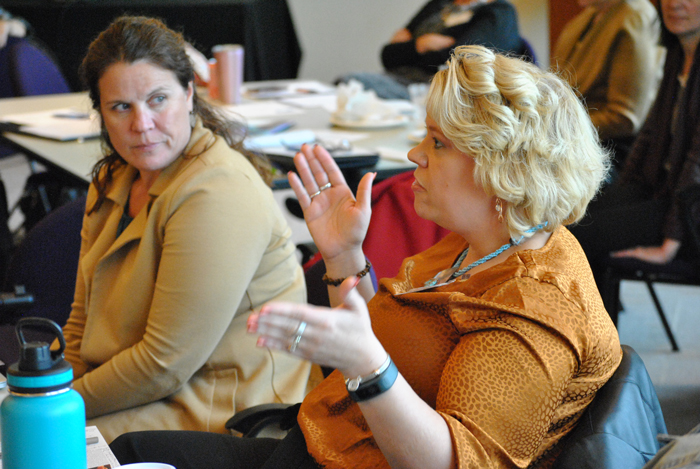
Photo Credit: The Federal Reserve Bank of Minneapolis
Recommendation: Continuously Improve Parent Aware Standards
Jennifer Cleveland, Research Operations Manager, and Kathryn Tout, Senior Research Scientist, reported on research conducted by their organization, Child Trends. They shared several evaluations looking at how parents and providers interact with Parent Aware. They highlighted a new study about how people use parentaware.org. Users want additional information about openings and pricing. They also shared data about why providers participate in Parent Aware. While early learning scholarships are a large motivating factor for child care centers, Parent Aware grants are more enticing for licensed family child care providers.
Parent Aware has evolved from the first rollout and continues to undergo changes. Participation from Child Trends helps ensure the changes are rooted in data when possible.
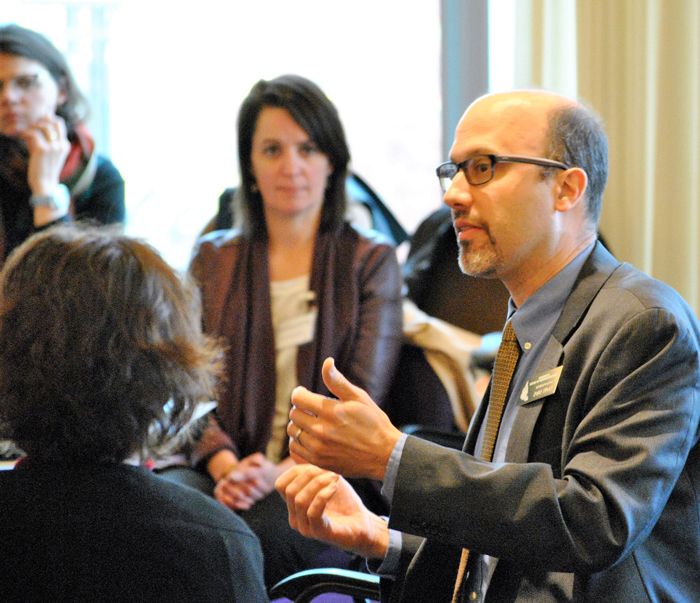
Photo Credit: The Federal Reserve Bank of Minneapolis
Recommendation: Better Coordinate the Child Care Assistance Program and Early Learning Scholarships, Increase Investment in Early Learning Scholarships
Washington state shared their journey toward improved early learning outcomes. Ryan Pricco, Director of Policy and Advocacy at Child Care Aware of Washington, and Nicole Rose, Director of Eligibility and Provider Supports at the Washington State Department of Children, Youth, and Families, were both part of an effort to pass bipartisan legislation to advance early care and education.
The state has bold goals for the future, including 90% kindergarten readiness, fair pay for child care providers, and affordable, universal access to child care for parents by 2025. Currently, they are approaching their deadline that child care providers who receive public subsidy have to be rated as quality (at least Level 3 out of 5) in their Quality Rating and Improvement System.
They have been able to make progress by forming a united coalition of advocates. The group decides specific priorities that they can all get behind, and then they advocate together.
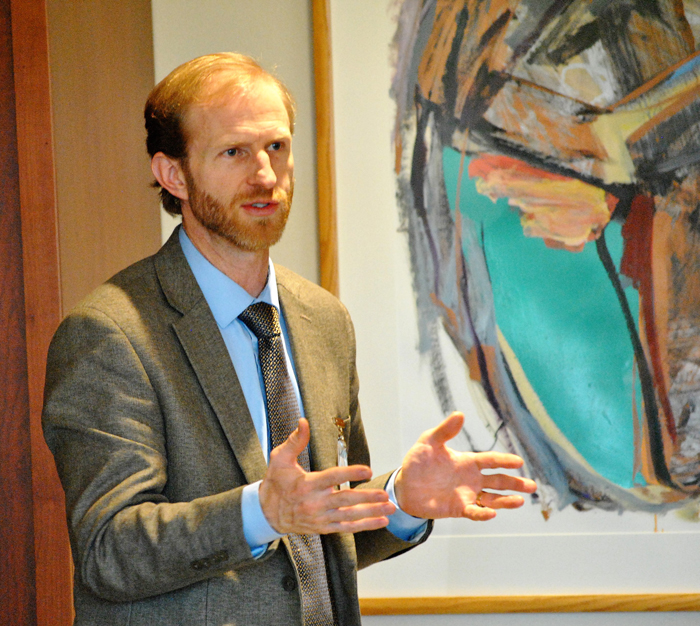
Photo Credit: The Federal Reserve Bank of Minneapolis
Recommendation: Better Coordinate the Child Care Assistance Program and Early Learning Scholarships
Representatives from Maryland spoke about improving the way their child care systems operate for providers and families. Presenters were René D. Williams, Child Care Subsidy Branch Chief at the Maryland Department of Education, and Jena Valle Smith, Quality Assurance Supervisor for Maryland’s Quality Rating and Improvement System.
Maryland requires all licensed child care programs that receive public subsidy to participate in their QRIS. Bonuses and tiered reimbursement are available for programs as they enter the system and improve their ratings. In Maryland, the CCAP program is called child care scholarships. This change was made to reduce stigma for parents, change providers’ perceptions of subsidies, and send a clear message to families about the educational value of quality child care programs. The state is working to centralize administration of these child care scholarship funds, which has been both exciting and challenging to implement.
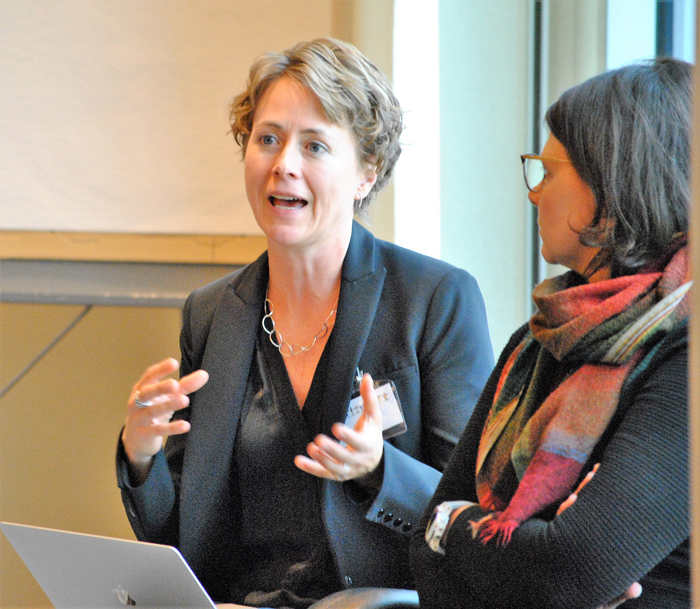
Photo Credit: The Federal Reserve Bank of Minneapolis
Recommendation: Improve Data Collection, Analysis and Reporting on Children’s Program Participation and Outcomes
Ellen Amore, KidsNet Manager for the Rhode Island Department of Health, spoke about their system to collect information about programs and supports that families utilize. When a child is born, they are recorded in KidsNet. Information is added as they access additional participating programs. The focus of the system is public health, but it has implications for early childhood development and education as well. KidsNet does not assign a unique numerical identifier to each child, but uses their name and date of birth to track interactions with the health system and connect them with resources they have not accessed.
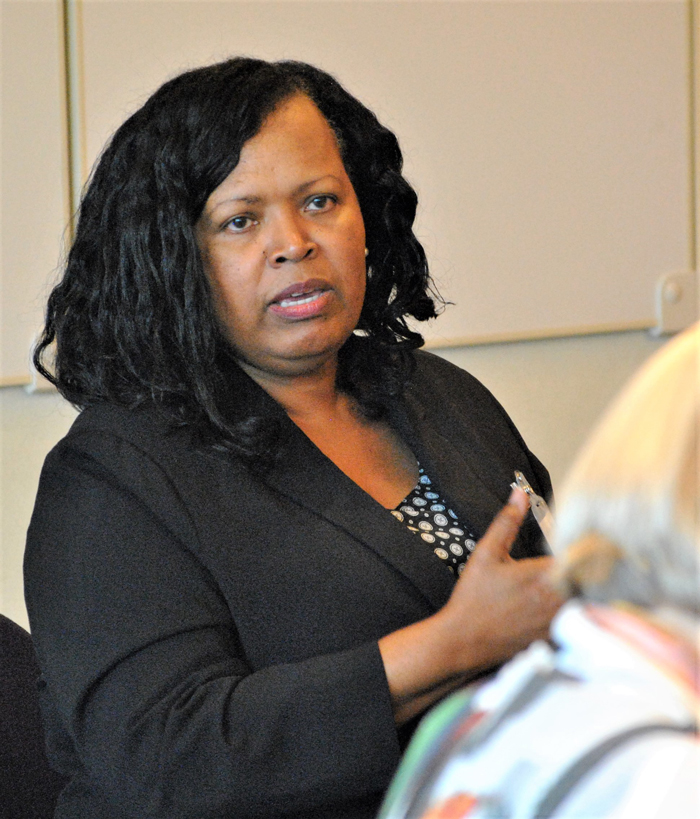
Photo Credit: The Federal Reserve Bank of Minneapolis
After a day of listening and learning from other states as well as hearing more about Minnesota’s own approaches to quality child care, it is clear that there are many opportunities to learn from each other. There are also various ways to approach early childhood systems to best meet the needs of children, families, and child care providers.

